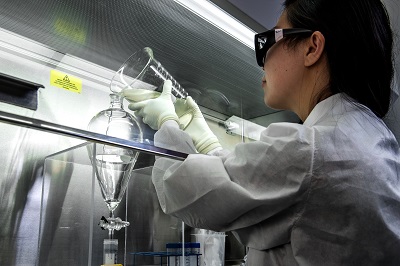After the MDACS registration of Class III in vitro diagnostic (IVD) medical devices is approved, several important obligations and considerations must be noted to ensure continued compliance and successful market performance. Here are the key points to keep in mind:
1. Post-Market Surveillance
- Implement a robust post-market surveillance (PMS) system to monitor the performance and safety of the device once it is on the market. This includes:
- Regularly collecting and analyzing data related to the device’s performance.
- Monitoring adverse events and incidents involving the device.
- Gathering feedback from users and healthcare professionals.
2. Adverse Event Reporting
- Establish clear procedures for reporting adverse events to the Medical Device Control Office (MDCO) promptly. This includes:
- Reporting any serious incidents or adverse events that may occur after the device is marketed.
- Maintaining a record of all complaints and reports related to device performance.
3. Quality Management System Maintenance
- Continuously maintain and improve the Quality Management System (QMS) in compliance with ISO 13485 or equivalent standards. This includes:
- Conducting regular internal audits.
- Implementing corrective actions based on audit findings and adverse event reports.
4. Device Modifications
- If any changes or modifications to the device are made (such as design changes, manufacturing processes, or indications for use), assess whether these modifications require re-evaluation or re-registration with the MDCO. This may include:
- Conducting additional clinical evaluations or risk assessments if necessary.
5. Regulatory Updates
- Stay informed about any updates or changes in regulations and guidelines provided by the MDCO or other relevant authorities. This includes:
- Participating in training or workshops related to regulatory compliance.
- Reviewing any new guidance documents issued by the MDCO.
6. Recertification and Renewals
- Be aware of any requirements for recertification or renewal of the MDACS registration, which may occur after a specified period or if there are significant changes in regulations or the device.
7. Market Access Compliance
- Ensure compliance with any additional market access requirements if the device is marketed outside of Hong Kong. This may involve:
- Understanding and adhering to the regulatory requirements of other countries or regions.
8. Documentation and Record-Keeping
- Maintain comprehensive records of all post-market activities, including PMS data, adverse event reports, and QMS documentation. This is crucial for demonstrating compliance during regulatory inspections or audits.
9. Training and Education
- Provide adequate training and educational resources for users of the device. This includes:
- Ensuring that healthcare professionals are familiar with the device’s use, maintenance, and any safety precautions.
10. Product Recalls and Safety Notices
- Be prepared to manage product recalls or safety notices if serious issues are identified. Establish a clear action plan for:
- Communicating with customers and regulatory authorities.
- Implementing corrective actions to address safety concerns.
Conclusion
Maintaining vigilance and compliance after MDACS registration is critical for ensuring the ongoing safety and effectiveness of Class III in vitro diagnostic medical devices. By establishing strong post-market practices and adhering to regulatory requirements, manufacturers can foster trust among users and healthcare providers while supporting the device's successful market presence.

Contact Us:
Whatsapp or Wechat:+86 15816864648;email address:hito.lin@grzan.cn
.png)
.jpg)

.png)

.png)